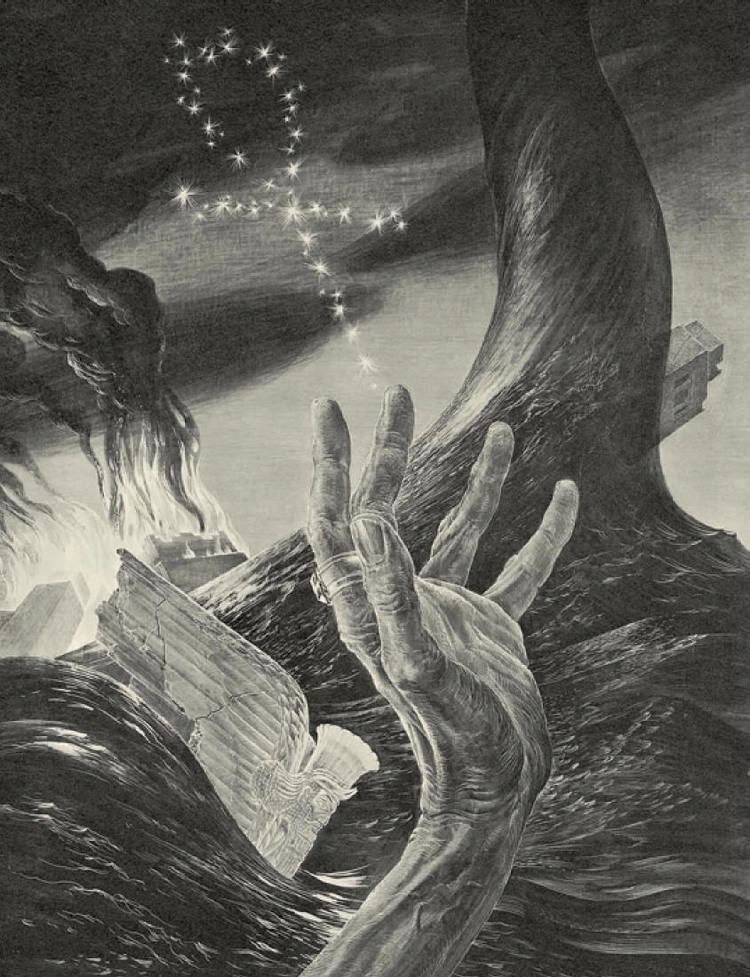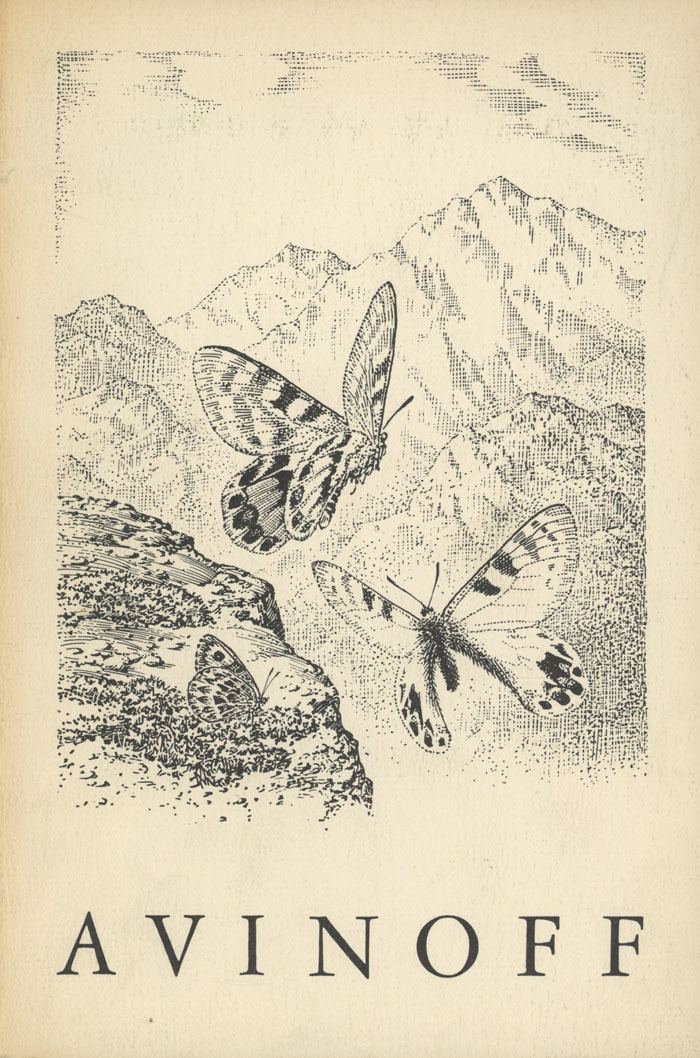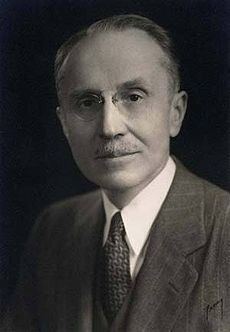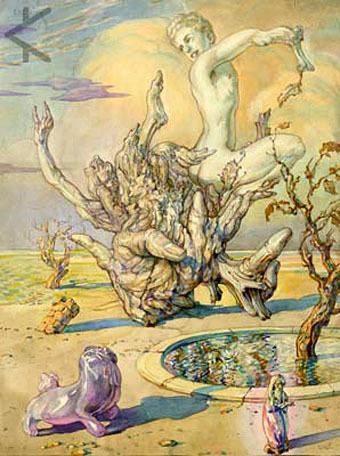Name Andrey Avinoff | Education Moscow State University | |
 | ||
Born 14 February 1884 (age 65), Tulchyn, Podolia Governorate Died 16 July 1949 (aged 65), New York, New York, United States Similar Elizabeth Shoumatoff, William Jacob Holland, George Miksch Sutton | ||
Dr. Andrey Avinoff (14 February 1884 - 16 July 1949) (sometimes referred to as Andrej Nikolajewitsch Avinoff or Andrei Avinoff), was a Russian entomologist. Avinoff was the Director of the Carnegie Museum of Natural History for 20 years from 1926 to 1946. He established himself as one of the world's greatest butterfly collectors and is also well known for his paintings.
Contents
Biography

Avinoff was born in Tulchyn, Podolia Governorate, now Ukraine, to a wealthy Russian family with ties to nobility who served a diplomatic role in the Nicholas II of Russia's court. Avinoff learned to speak English fluently during his childhood. He left Russia after the Revolution and moved to America. In 1924, he was hired as an assistant curator of Entomology at the Carnegie Museum of Natural History. He was promoted to director in 1926, a position he held until 1946. He was also appointed a trustee of the museum.

In 1927 he was awarded an honorary Doctorate of Science from the University of Pittsburgh. His associates at the Carnegie Museum included William P. Comstock, E. Irving Huntington, Cyril F. dos Passos and Vladimir Nabokov.
Personal life
Avinoff generally lived a secluded upper-class life in Pittsburgh, a popular and thriving metropolis with a strong elitist society at the time. A homosexual, Avinoff never had children. Later in life, suffering from health conditions, he moved to New York where he resumed his interest in painting, and the New Yorker profiled him in a 12-page article about his life. At his death, he had created hundreds of paintings which are largely sought after by collectors today.

Avinoff was close friends with the biologist and sex researcher Alfred Kinsey, largely due to their similar interest in insects from Kinsey's work with gall wasps.
Butterflies

While in Europe, Avinoff spent his spare time traveling throughout the mountainous areas in Europe and Asia collecting butterflies. Avinoff would trace their genetic evolution through different valleys, since the mountains separating those valleys prevented different butterflies from mating. He found the Himalayas to be the ultimate proving ground. Avinoff's collection of Rhopalocera from the Pamir Mountains and Central Asia currently resides in the Zoological Museum in St. Petersburg. This collection of some eighty thousand specimens was appropriated by the Soviet government. Following World War II, the Mellon family asked to retrieve the collection, but this was refused.
Once in the US, through trading and purchase and through financing of expeditions, Avinoff managed to build up a near duplicate collection, most of which was donated to the Carnegie Museum. Much of his work still exists at the Carnegie Museum and at the Museum of Natural History in New York.
Avinoff also made six trips to Jamaica, which he described as "a dreamland of tropical splendor", between 1926 and 1940. Accompanying him on five of those trips was Nicholas Shoumatoff, the son of his sister Elizabeth Shoumatoff, for whom Avinoff served as a father figure. The two caught more than fourteen thousand bots (butterflies and moths in Jamaican patois), doubling the number of known species on the island to more than a thousand.
Painting
Later in his life, unable to travel from his health conditions, he moved to New York and resumed an interest from earlier in his life in painting. He was also the brother of the famous portrait painter Elizabeth Shoumatoff, who is most famous for painting Frankin Delano Roosevelt at the moment when he collapsed and died. Avinoff's paintings were highly skilled images of flora or fauna, or paintings with deep meanings with themes of religious, sexual, apocalyptic nature, or combinations of the three. He worked in a wide variety of mediums from precise pencil and ink drawings to oil to watercolor.
One of his most famous series of paintings depict The Fall of Atlantis, a poem by George V. Golokhvastoff published in limited edition in 1938 [1]. The Birth of Atlantis, illustrated in his series of paintings, exemplifies the Art Deco style popular in the 1930s. The image is of a young male figure rising out of the sea, symbolic of the legendary island said by Plato to have later disappeared beneath the waves during an earthquake. His paintings of flowers, and 350 of his works illustrate Wildflowers of Western Pennsylvania and the Upper Ohio Basin.
